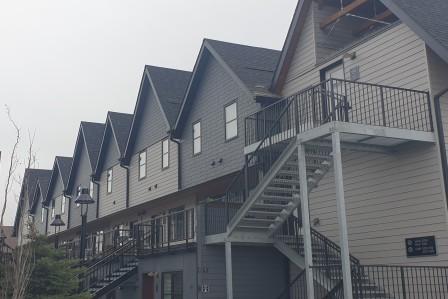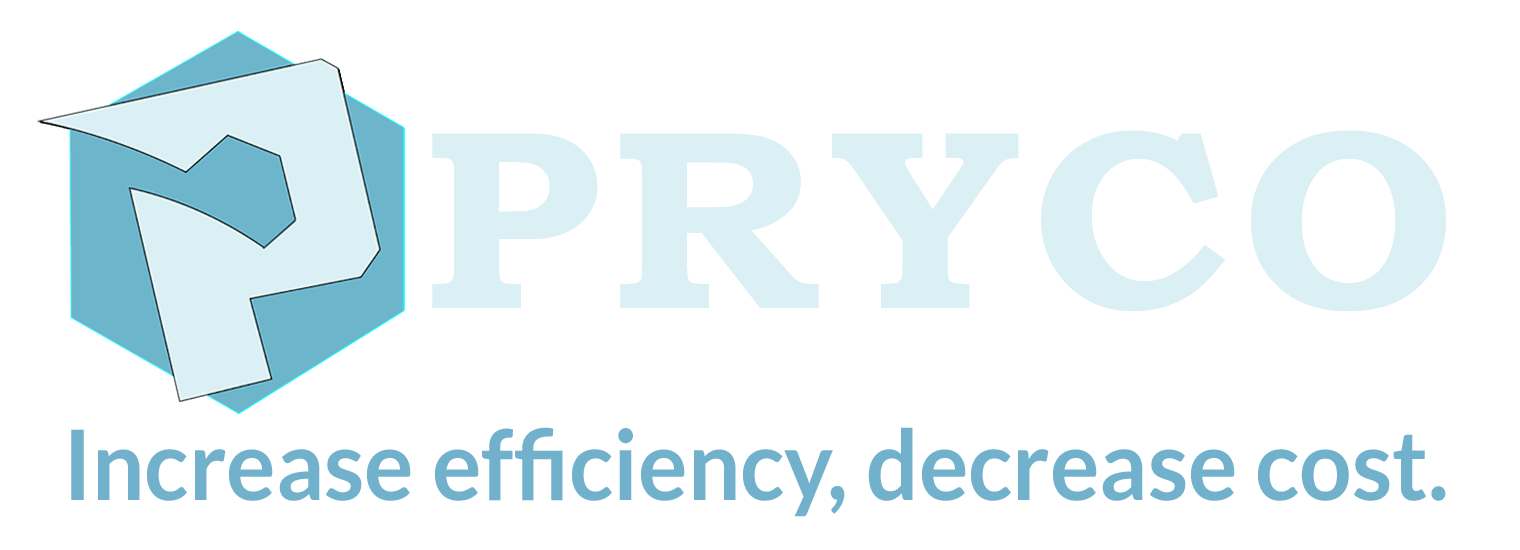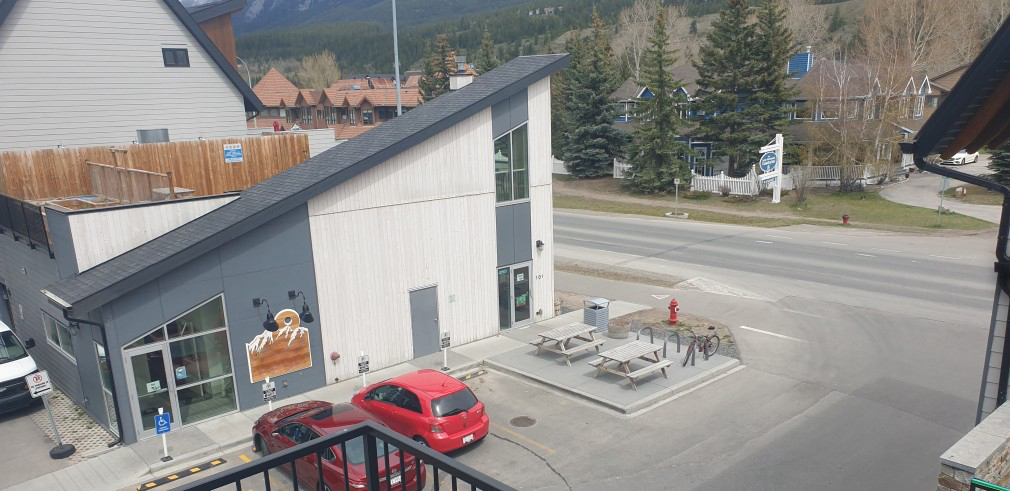Home > Reserve Fund Studies
A reserve fund study, by definition, means how much money is required to be in the fund to pay for future cost
What Is Condo Reserve Fund Study?

A condo reserve fund study involves a physical inspection of depreciating assets like the roof, building envelope, and Mechanical and electrical systems. Once inspected, a reserve fund report is prepared to outline all the findings. Based on the study, a reserve fund report is generated, which outlines how much money is needed to top up and maintain the reserve fund. The report outlines a description of its current condition, an estimate of when it needs to be repaired or replaced, the cost of repairs and replacement, and the estimated life expectancy after replacement or repair. The reserve fund study helps the condo corporation set up the fund for future repairs.
To request a Reserve Fund Study - Let’s Talk
Who Needs Them and How Often?
When a condominium plan is first registered, the condominium corporation has 2 years following the registration to complete a reserve fund study and report. In Alberta, the Condominium property regulation requires that the condo board must carry out a reserve fund study every five years. Every province in Canada has their own set of rules and regulations.
How Are Reserve Funds Calculated?
The reserve fund is generally calculated for thirty years. The reserve fund is calculated with the following elements
● Estimated Life Span-years● Effective Age-years
● Remaining Life Span-years
● Current Replace/Repaired Costs
● Future Replacement/ Repair Costs
● Current Reserve Requirements
● Future Reserve Accumulation
● Annual Reserve Assessments
Types of Reserve Fund Study
● A comprehensive study (Class I)A comprehensive study meets all the requirements for a reserve fund study as per the act.
● An updated study with site inspection (Class II)An updated study is the one which updates the first comprehensive study, but a site visit is conducted to verify the condition of different components of the property.
● An updated study without a site inspection (Class III)This study is still updating the comprehensive study, but a site visit is not required to verify the various components of the property. In this study, the financial information is updated based on the information provided by the condominium corporation.
Funding Models
There are three types of funding models.
Zero Balance: The pros of this type of model are that the contributions are kept low. The cons are that the owners may have difficulty raising funds to cover special levies, and work may be delayed due to a lack of funds.
Minimum Balance: This model ensures that there is always a minimum to cover reserve expenses, and hopefully, the fund is healthy enough that there is no need for special levies. The cons are. The contribution may not be enough to cover future expenses, and if the minimum balance is set too high, this will lead to over-contribution from the current owners.
100% Funded: This type of fund is adequate for future expenditure. Prospective buyers like this as they see past owners have already paid their shares. The cons are that a higher contribution is required, and current owners trying to sell in the short term may not like this as they are paying for future owners.
Why Choose Prycoglobal for Reserve Fund Study?
We have over 25 years of experience providing our clients make the right decision.
Since we do property condition assessment, cost consulting, cost monitoring, and life cycle cost analysis, these experiences help us in providing a more realistic and accurate reserve fund study for our client.
We are very prompt, and our turnaround time for submitting the report is fast.
We are always available and very responsive to our client's needs.
Let’s get started! Call us at +1(780)231-6567 or Request a quote

